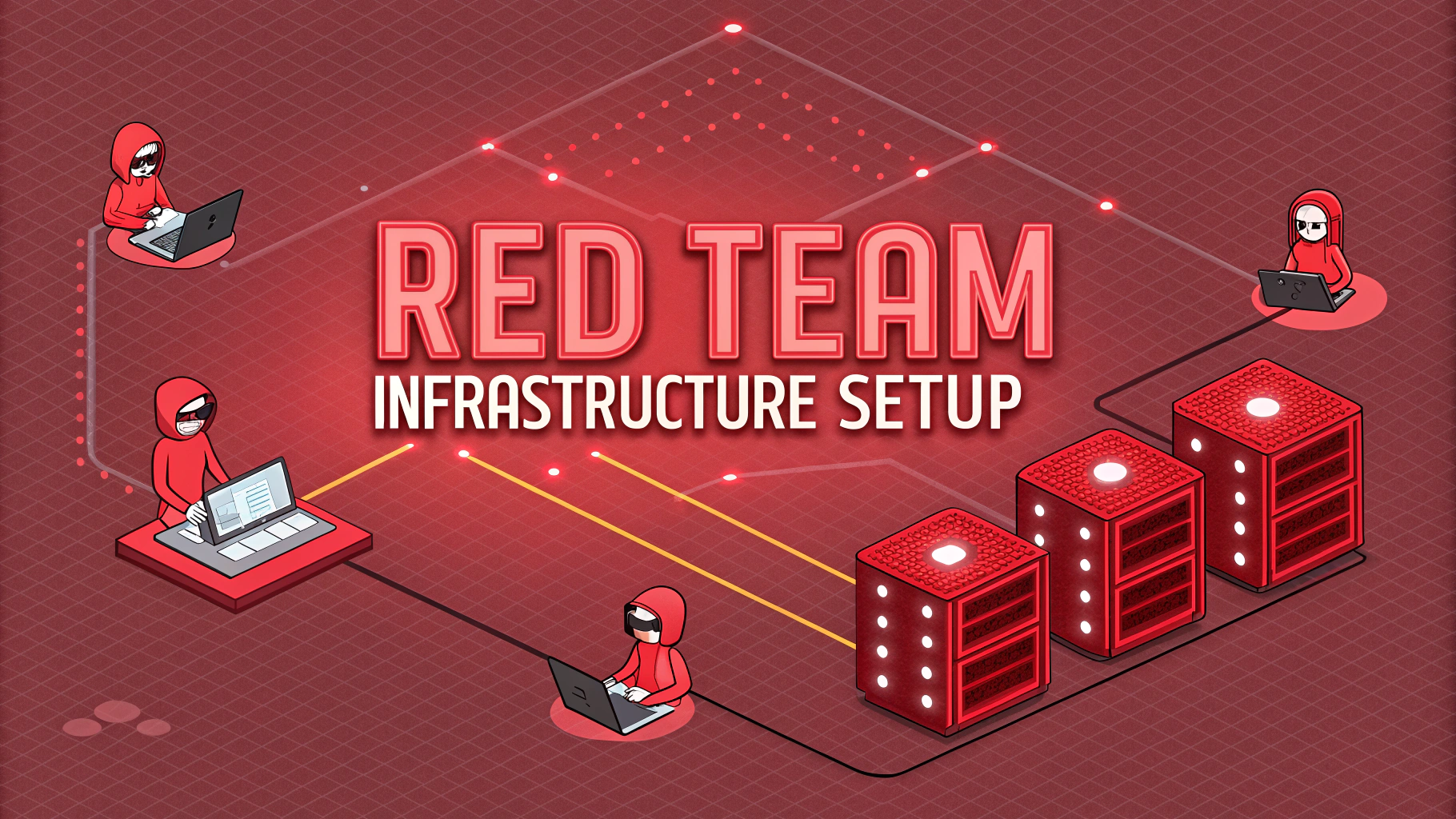The world of penetration testing tools continuously evolves, requiring security professionals to stay current with development practices and emerging technologies.
Building custom tools allows pentesters to address specific security challenges and create solutions tailored to unique testing scenarios.
This guide explores key aspects of developing penetration testing tools, focusing on practical approaches and real-world applications.
Essential Programming Languages for Tool Development
- Python – Perfect for rapid prototyping and extensive library support
- Ruby – Popular for web-based testing tools and Metasploit modules
- Go – Excellent for concurrent operations and compiled binaries
- C/C++ – Ideal for low-level system interaction
Development Environments and Setup
Setting up a proper development environment starts with installing essential tools like Git, Docker, and a reliable IDE (VSCode or PyCharm recommended).
- Version Control: GitLab (https://gitlab.com)
- Code Testing: Jenkins (https://jenkins.io)
- Documentation: ReadTheDocs (https://readthedocs.org)
Tool Categories and Development Focus
| Category | Example Tools | Key Features |
|---|---|---|
| Network Scanners | Nmap scripts, custom port scanners | Speed, accuracy, stealth |
| Web Application Tools | Custom fuzzers, API testers | Authentication bypass, injection testing |
| Exploitation Tools | Payload generators, shellcode creators | Evasion techniques, stability |
Best Practices for Tool Development
- Implement proper error handling and logging
- Write clear documentation and usage examples
- Include input validation and sanitization
- Add configuration options for flexibility
- Maintain cross-platform compatibility when possible
Testing and Quality Assurance
Each tool should undergo thorough testing in isolated environments before deployment.
- Unit testing with frameworks like pytest or Go’s testing package
- Integration testing with actual target systems
- Performance testing under various conditions
- Security testing of the tool itself
Distribution and Maintenance
Tools should be packaged properly for distribution and regularly updated.
- Package managers: pip, gem, or native OS packages
- Container images for consistent deployment
- Regular security updates and dependency checks
- Clear changelog and version tracking
Moving Forward with Tool Development
Join the security tool development community through platforms like GitHub (https://github.com) and contribute to existing projects.
Consider releasing your tools as open-source to benefit the security community and receive feedback for improvements.
Stay updated with security research and emerging threats to guide your tool development focus.
Advanced Development Considerations
- Implement multi-threading for performance optimization
- Design modular architecture for code reusability
- Create APIs for tool integration capabilities
- Build reporting mechanisms for results analysis
Security Considerations for Tools
Protection Mechanisms
- Implement encryption for sensitive data handling
- Add authentication mechanisms for tool access
- Include secure communication protocols
- Design anti-debugging features when necessary
Compliance and Legal
- Review legal implications of tool capabilities
- Include appropriate disclaimers and licenses
- Document usage restrictions and requirements
Framework Integration
| Framework Type | Integration Purpose | Benefits |
|---|---|---|
| CI/CD Pipelines | Automated testing and deployment | Consistent releases, quality assurance |
| Security Platforms | Tool orchestration | Unified testing environment |
| Reporting Systems | Results management | Automated documentation, analysis |
Empowering Security Through Innovation
The development of penetration testing tools represents a critical aspect of modern cybersecurity. Success in this field requires:
- Continuous learning and adaptation to new threats
- Active participation in security communities
- Commitment to ethical development practices
- Focus on solving real-world security challenges
By following these guidelines and best practices, developers can create effective, reliable, and sustainable security testing tools that contribute to the broader cybersecurity ecosystem.
FAQs
- What is a tool development blog in the context of penetration testing?
A tool development blog is a platform where security researchers and developers share their experiences, code, and methodologies for creating custom penetration testing tools and scripts. - Which programming languages are most commonly used for developing penetration testing tools?
Python, Ruby, and C++ are the most prevalent languages, with Python being the most popular due to its extensive libraries and ease of use for rapid tool development. - What are some essential components that should be included in a tool development blog post?
Code snippets, methodology explanations, use cases, limitations, installation requirements, dependencies, and proper documentation of the tool’s functionality. - How do you ensure the security of tools shared in development blogs?
By implementing code signing, providing hash verification, using secure hosting platforms, and including detailed security considerations and potential risks in the documentation. - What licensing considerations should be taken into account when sharing penetration testing tools?
Tools should be released under appropriate open-source licenses (such as MIT, GPL, or Apache) with clear usage terms and disclaimers regarding responsible use. - How can developers ensure their tools comply with legal and ethical guidelines?
By including explicit disclaimers, terms of use, implementing safeguards against abuse, and providing clear documentation about intended usage scenarios and limitations. - What are common pitfalls to avoid when developing and sharing penetration testing tools?
Hardcoding credentials, insufficient error handling, lack of input validation, poor performance optimization, and inadequate documentation. - How important is version control in tool development blogs?
Version control is crucial for tracking changes, managing contributions, documenting updates, and maintaining compatibility across different versions of the tool. - What should be included in the testing and validation section of a tool development blog?
Test cases, expected results, environment specifications, limitations, and potential false positives/negatives that users should be aware of. - How can developers encourage responsible use of their published tools?
By providing clear usage guidelines, implementing rate limiting, requiring authentication for certain features, and monitoring for potential abuse.








